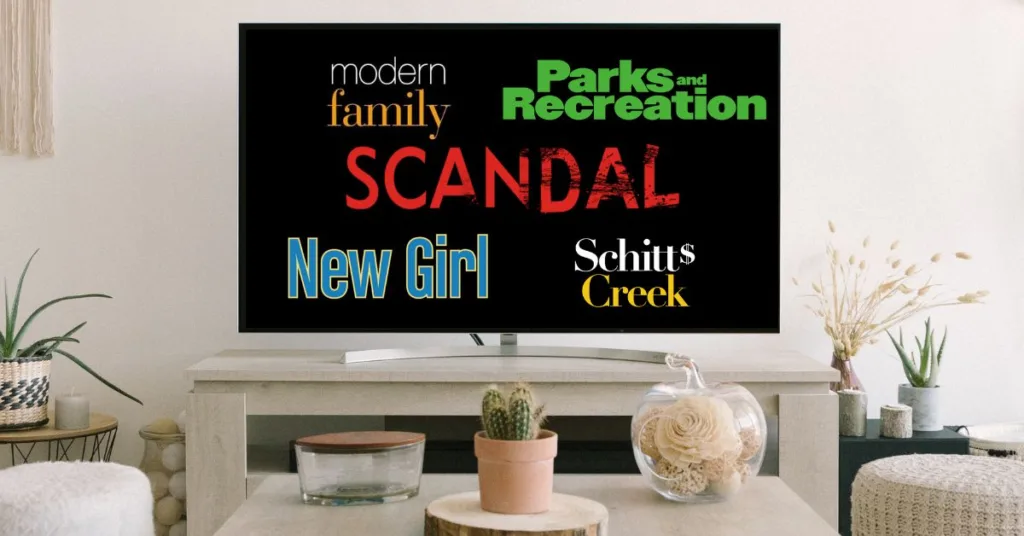It’s safe to say that most of our lives have been turned upside-down the last few weeks. Our office is well into our fifth week working from home and it’s definitely been an adjustment. Before COVID-19, we had the option of working from home one day a week that gave little interruption to our day-to-day workflow. But now – just like millions of other Americans – we’ve had to adjust to this new normal of working from home for the foreseeable future.
But this blog isn’t about working from home – rather, it’s about how to still stay organized in your new “office.” Even though our normal routines have been disrupted, continuing to stay organized can help bring a sense of calmness in this chaotic and uncertain time (at least it does for me). While I wouldn’t call myself Marie Kondo, I do pride myself on being pretty organized. Below I’ve outlined some of the ways I stay organized. Note that what works for me may not work for you, but I’d encourage you find your own way(s) to stay organized.
Make a To-Do List
I know, I know… a to-do list. How cliché. But do not discredit the power of a to-do list! There are dozens of ways to create a to-do list, and all that matters is that you find one that works for you. Whether that’s physically writing everything down in a list format, using sticky notes, or using a digital program, there’s a format for everyone. Studies show that writing things down does enable a higher level of thinking and helps things “stick” longer. No matter what method you use, try and give yourself deadlines or goals for each task!
Vanessa’s take: I start and end my day with my to-do list. When I first started working full time, I would write all my lists down on paper. Nowadays, I stick with digital programs like Todoist *chef’s kiss.* For Todoist, I jot things down in real time so I won’t forget later on. Each task is assigned to a client and is given a deadline. While I operate mostly on this program, I still physically write down the top three things I need to get done each day. At the end of each day, I’ll move items that I didn’t get done to tomorrow (or a different day) and start to create a plan of attack for the next day.
Create Internal Planners for Teams
Now that you have your own personal to-do list, it’s time to create internal planers for your teams! Our company is divided into “account teams” for each client we have. We meet at least once a week to chat and divide projects amongst ourselves and use digital planners so everyone can easily access tasks and share updates. Having an internal planner serves as our overall game plan for the account. It holds everyone accountable with their own individual tasks while also allowing everyone to look at the bigger picture.
Vanessa’s take: I go through each internal planner before I meet with my account team. Just like personal to-do lists, there are dozens of programs out there for team collaboration. Our teams keep it simple and typically use a shared Google doc.
I’ll brain dump everything we need to go over and then spend the meeting deciding who has the capacity to handle new projects. Seeing everyone’s tasks for the week in one place not only helps me organize my own thoughts, but it allows me to prioritize items for the entire week. Just like you would for your own to-do list, cross tasks off as you complete them – this allows others to see when you’ve completed a task and are staying on track for the week.
Keep Your Inbox Clean
I know everyone is different with how they stay organized, but this is one tip I’d highly recommend. Having a cluttered inbox is a recipe for disaster. You don’t need to have subfolders within folders (like I do), but make sure you have some type of system in place when it comes to your email.

Vanessa’s take: Okay, so this is one of my favorite ways to organize! Yes, I keep subfolders within folders, but hang with me here – it’s not as much work as it may seem. It may actually save you time in the long run.
When I receive an email that requires my response, I will keep it in my inbox. Otherwise, all other emails get assigned to a new home. Every client has its own folder, as well as internal items for work and our internship program. For larger accounts, I’ll create subfolders that focus on projects within that account. For the Evans Scholars Foundation, we receive hundreds of emails from reporters across the country, so I keep all emails about selection meetings in that subfolder. All other emails about the program are organized in the general folder. Once a project or client wraps up, you can delete folders (because you should always be decluttering!).
Every email has its place and I can always quickly find what I’m looking for.
Save Folders on Your Desktop
Can you tell I have a thing for folders? Along with creating folders for your email, creating folders on your desktop helps organize documents, photos, etc.
Vanessa’s take: I create even more subfolders within folders on my desktop, but again – I know exactly where I can find everything. This goes against the premise of only keeping what you need, but I never said I wasn’t a slight hoarder.
I’d suggest creating general topics like “content,” “updates” or “photos” within the client folder and creating subfolders if needed. For example, under my “content” folder, I have subfolders for press releases, blogs, bylines, award nominations… the list goes on.

Find a Routine
Not exactly a tangible thing to create or do, but finding a routine can help you with the overall flow of your day. In our industry, it can be hard to find a routine and stick with it. But by creating these repeating actions every day, the rest of your day will start to feel more organized.
Vanessa’s take: I try my best keeping the same routine every day, but it can be hard! I’ll start my days by going over my to-do list and then checking for client coverage. I then shift to checking emails and answering any high priority items. Depending on the day, I’ll break up the rest of my morning and afternoon with either pitching or content creation – if I have heavy meetings in the morning, then I’ll focus on writing content in the afternoon since I’ll have less interruptions.
Bottom line: Find what works for you and stick with it! I’ve been using these methods for years now and it’s what makes most sense to me – but everyone is wired differently. Also, what worked in the office may not work in your home, so don’t be afraid to switch things up. I know my overall routine has changed, so I’ve had to adjust how I operate.
How have you been navigating your new normal? You can get more insights into how the Dittoe team is working – and socializing – from home on our social media channels. Give us a follow!







0 Comments